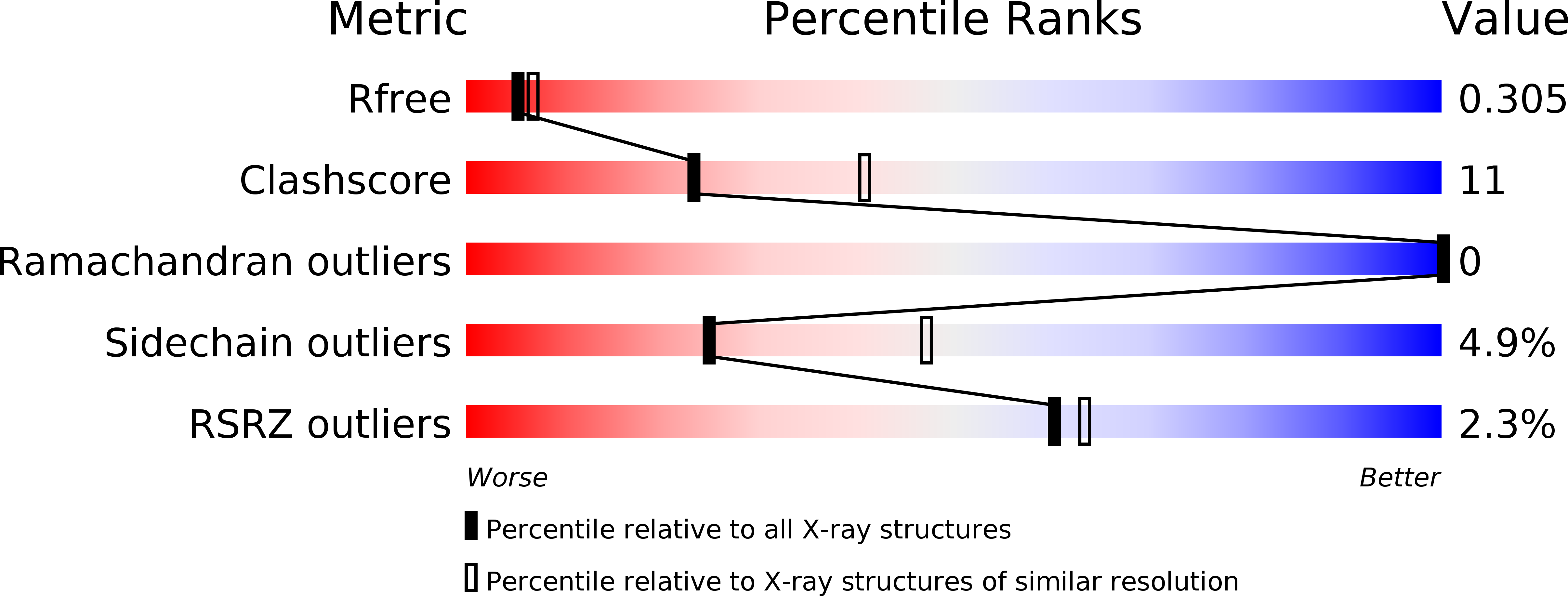
Deposition Date
2016-05-13
Release Date
2016-09-28
Last Version Date
2024-03-20
Method Details:
Experimental Method:
Resolution:
2.50 Å
R-Value Free:
0.30
R-Value Work:
0.22
R-Value Observed:
0.22
Space Group:
P 1 21 1


